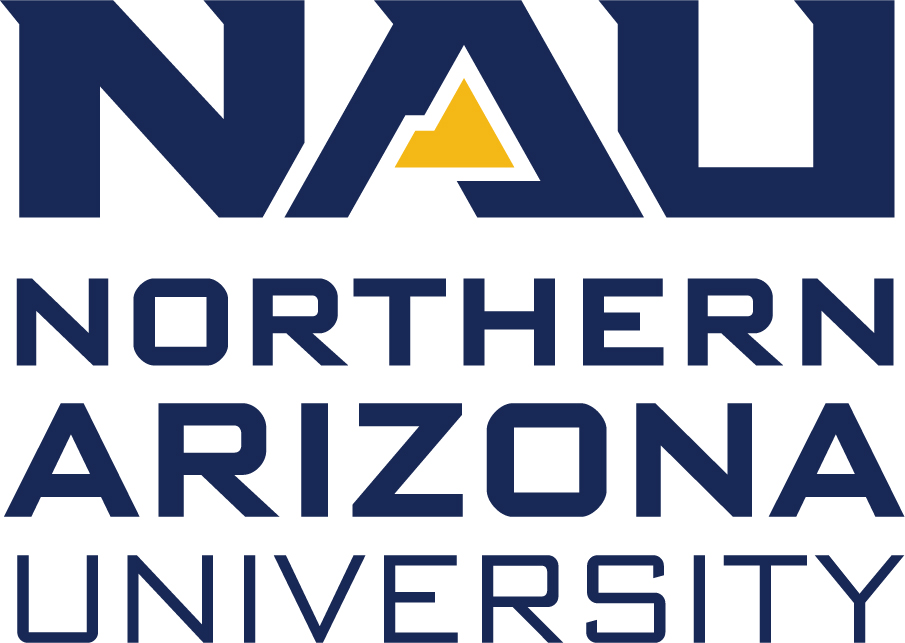This would do nothing for people like me that have dead brain where hand/finger control used to be. It is just an assessment device. I need dead brain rehab.
Helping stroke survivors bounce back
NAU researcher is developing a low-cost handheld device that could improve patients' recovery following a stroke

Reza Sharif Razavian still remembers watching his grandparents suffer from various disabilities as a child.
“Seeing that firsthand motivated me to find a way to help elderly people and people with disabilities live better, and to get some of the burden off of caregivers’ shoulders,” Razavian said.
Decades later, the assistant professor of mechanical engineering is using his expertise to improve the lives of people like his grandparents. Thanks to grant funds from Chicago’s Shirley Ryan AbilityLab, Razavian will spend the next year developing a device that could help stroke survivors recover more effectively.
Razavian said nearly 800,000 Americans suffer from strokes every year, and most of them end up with some level of permanent motor disability. That’s partly because the aftermath of a stroke looks different for everyone—meaning that treatment needs be different for everyone. Some patients suffer only a minor stroke and recover quickly with treatment and physical therapy; others suffer more severe strokes and have more trouble recovering. Some patients experience paralysis only in one foot or arm; others end up paralyzed in most or all of their bodies. That variability makes it tough for doctors to respond with a one-size-fits-all approach to recovery.
Another issue, Razavian said, is that medical staff don’t have time to collect lots of information about their patients’ motor function.
“Whoever is giving care to the patient might do a motor assessment once right after the stroke and again a few weeks after,” he said. “It can’t be done continuously every time the patient visits a clinic. But without a larger amount of data, it’s really hard to come up with a treatment plan that works well for the patient.”
That’s where Razavian comes in. He’s developing a handheld device— nicknamed HAMSTER, because it looks like a large computer mouse—that will test patients’ motor function over longer periods of time, giving doctors the data they need to help stroke survivors on a personalized level.
Easy to use on a tabletop, desk or other household surface, HAMSTER will be able to apply varying levels of force to patients’ hands and record how they respond. The device’s force will simulate the movements of real-world objects, like a sloshing glass of water or a cabinet door, and will document how quickly and dexterously patients respond to the movement.
“This is a small device that will be cheap to make and easy to use,” Razavian said. “Patients will be able to take it home and perform different activities with it, and the device will monitor their actions. The idea is for the device to be used by medical providers not only to understand the pathology better but also to plan better, more personalized therapy.”
Razavian said he’ll spend the next nine months prototyping HAMSTER with the help of a team of undergraduates and one Ph.D. student. In the fall, he and the students will test the device with a small group of stroke patients and a larger control group of healthy people. If all goes well, he’ll conduct clinical trials at a larger scale to better observe HAMSTER’s effectiveness for patient care.
If nothing else, Razavian said, he hopes the HAMSTER prototype draws more attention to the importance of motor assessment after stroke.
“There’s still a lot to learn about stroke itself, how it manifests in different patients and how to plan the best therapy program,” Razavian said. “Subject-specific therapy is the ultimate goal of this research. I think helping some of the most vulnerable people in our society has ripple effects: It can impact everyone in a positive way.”






No comments:
Post a Comment